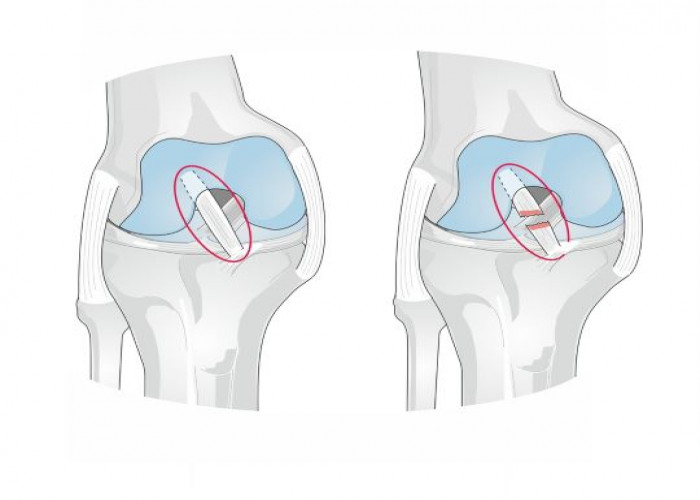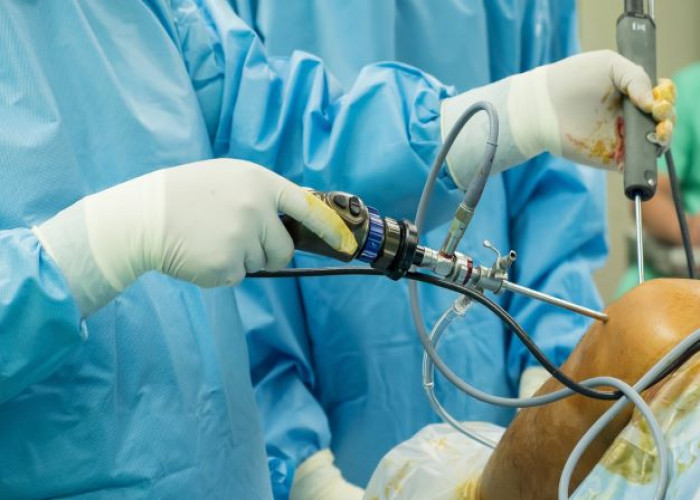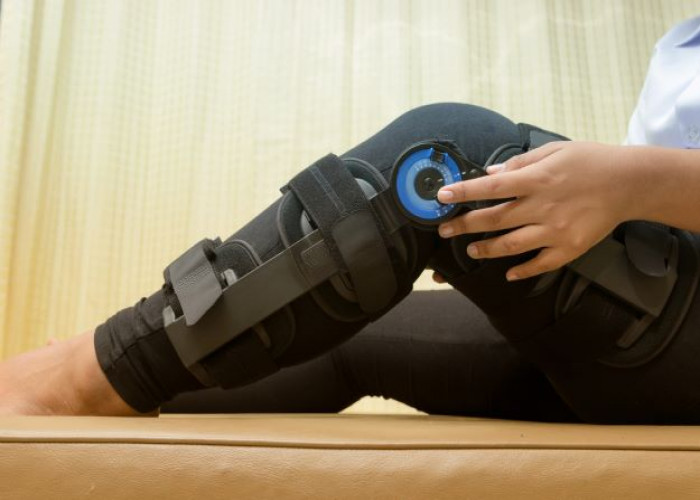 Welcome
Welcome
“May all be happy, may all be healed, may all be at peace and may no one ever suffer."
ACL injury
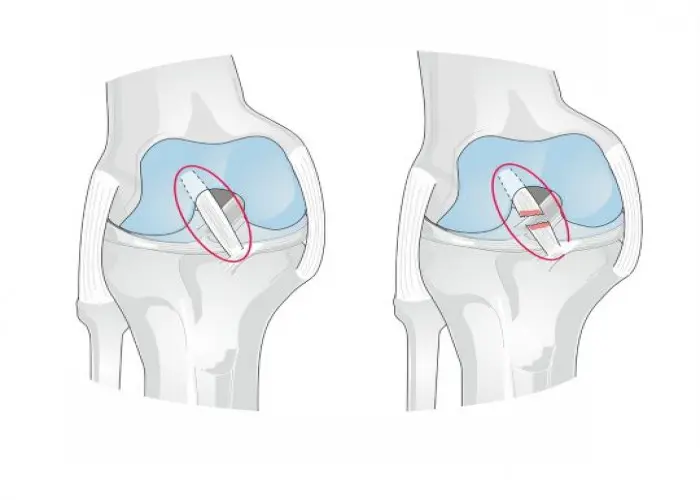
An ACL (anterior cruciate ligament) injury is a common knee injury that occurs when the ACL, one of the major ligaments in the knee, is stretched or torn. This injury is often caused by sudden changes in direction, twisting movements, or excessive stress on the knee, such as during sports activities.
Symptoms of an ACL injury can include a pop or snap in the knee, swelling, pain and instability, and a feeling of giving way. The knee may also feel unstable or buckling, making it difficult to walk or bear weight.
Diagnosis of an ACL injury is typically made through a physical examination, imaging tests such as an MRI, and a series of stability tests.
Treatment for an ACL injury can vary depending on the severity of the injury and other factors such as the patient's age and overall health. Conservative treatment options may include physical therapy, bracing, and the use of crutches. In some cases, surgery may be necessary to repair or reconstruct the damaged ACL.
Regardless of the treatment, it is important to seek prompt medical attention if you suspect you have injured your ACL, as untreated ACL injuries can lead to long-term complications and decreased knee stability.
Research Papers
Disease Signs and Symptoms
- Popping sensation or sound at the time of injury
- Swollen knee
- Limited range of motion of the hip joint
Disease Causes
ACL injury
Ligaments are strong bands of tissue that connect one bone to another. The ACL, one of two ligaments that cross in the middle of the knee, connects your thighbone to your shinbone and helps stabilize your knee joint.
ACL injuries often happen during sports and fitness activities that can put stress on the knee:
- Suddenly slowing down and changing direction (cutting)
- Pivoting with your foot firmly planted
- Landing awkwardly from a jump
- Stopping suddenly
- Receiving a direct blow to the knee or having a collision, such as a football tackle
When the ligament is damaged, there is usually a partial or complete tear of the tissue. A mild injury may stretch the ligament but leave it intact.
Disease Prevents
Disease Treatments
Prompt first-aid care can reduce pain and swelling immediately after an injury to your knee. Follow the R.I.C.E. model of self-care at home:
- Rest. General rest is necessary for healing and limits weight bearing on your knee.
- Ice. When you're awake, try to ice your knee at least every two hours for 20 minutes at a time.
- Compression. Wrap an elastic bandage or compression wrap around your knee.
- Elevation. Lie down with your knee propped up on pillows.
Rehabilitation
Medical treatment for an ACL injury begins with several weeks of rehabilitative therapy. A physical therapist will teach you exercises that you will perform either with continued supervision or at home. You may also wear a brace to stabilize your knee and use crutches for a while to avoid putting weight on your knee.
The goal of rehabilitation is to reduce pain and swelling, restore your knee's full range of motion, and strengthen muscles. This course of physical therapy may successfully treat an ACL injury for individuals who are relatively inactive, engage in moderate exercise and recreational activities, or play sports that put less stress on the knees.
Surgery
Your doctor may recommend surgery if:
- You're an athlete and want to continue in your sport, especially if the sport involves jumping, cutting or pivoting
- More than one ligament or the fibrous cartilage in your knee also is injured
- The injury is causing your knee to buckle during everyday activities
During ACL reconstruction, the surgeon removes the damaged ligament and replaces it with a segment of tendon — tissue similar to a ligament that connects muscle to bone. This replacement tissue is called a graft.
Your surgeon will use a piece of tendon from another part of your knee or a tendon from a deceased donor.
After surgery you'll resume another course of rehabilitative therapy. Successful ACL reconstruction paired with rigorous rehabilitation can usually restore stability and function to your knee.
There's no set time frame for athletes to return to play. Recent research indicates that up to one-third of athletes sustain another tear in the same or opposite knee within two years. A longer recovery period may reduce the risk of re-injury.
In general, it takes as long as a year or more before athletes can safely return to play. Doctors and physical therapists will perform tests to gauge your knee's stability, strength, function and readiness to return to sports activities at various intervals during your rehabilitation. It's important to ensure that strength, stability and movement patterns are optimized before you return to an activity with a risk of ACL injury.
Disease Diagnoses
Disease Allopathic Generics
Disease Ayurvedic Generics
Disease Homeopathic Generics
Disease yoga
ACL injury and Learn More about Diseases
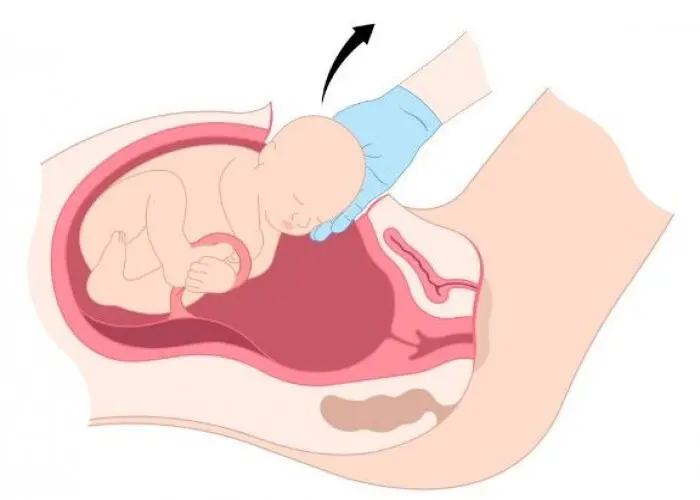
Fetal macrosomia

Pseudomembranous colitis

Hodgkin's lymphoma (Hodgkin's disease)

Kyphosis

Polymorphous light eruption
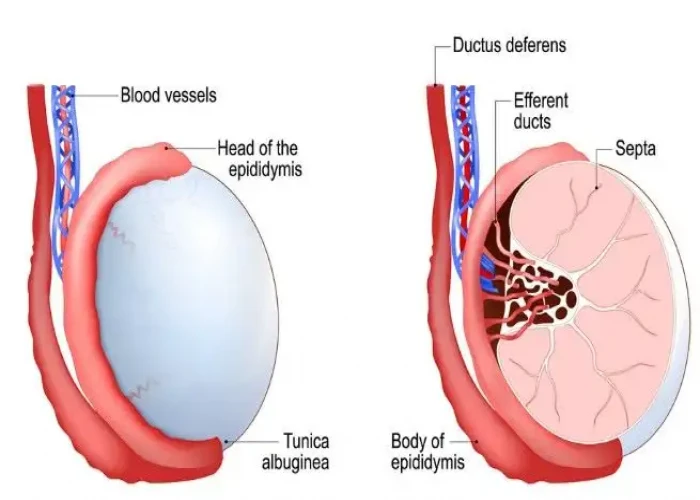
Scrotal masses
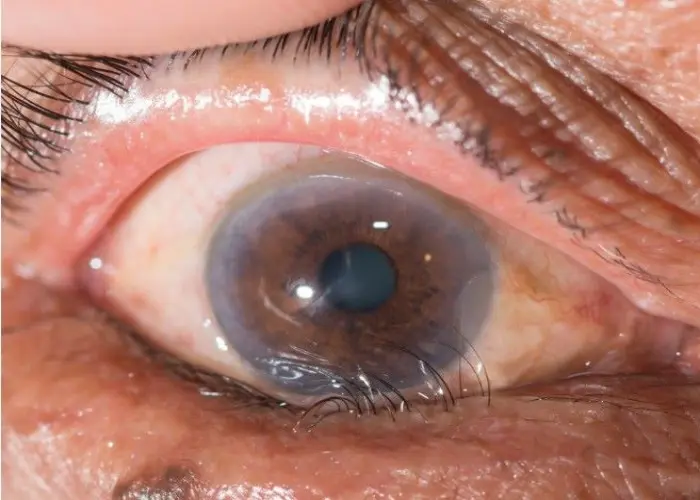
Entropion
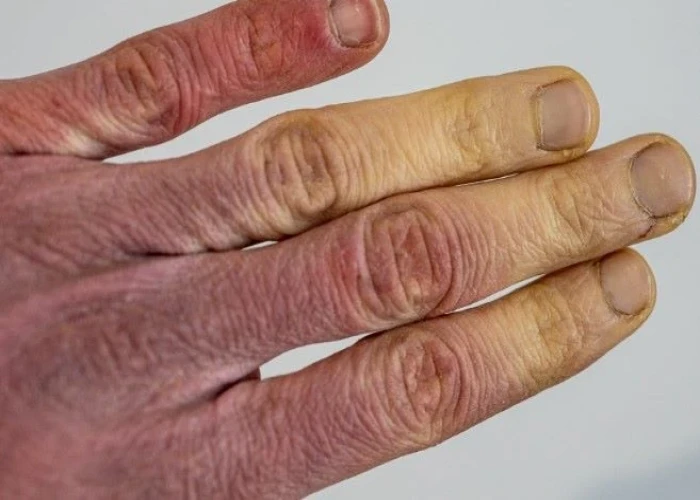
Raynaud's disease
ACL injury, ACL tear, ACL surgery, Anterior cruciate ligament, এসিএল ইনজুরি
To be happy, beautiful, healthy, wealthy, hale and long-lived stay with DM3S.
